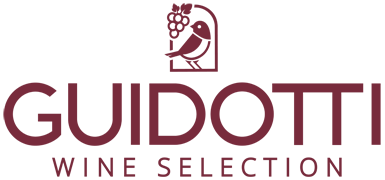Testamatta Rosso Toscana IGT 2020 - Bibi Graetz

Tuscany is not only one of the most popular holiday destinations on the Italian peninsula, but alongside Piedmont it is also the most important wine-growing region. Along the Ligurian coast, winegrowers benefit from the almost ideal climatic and geological conditions. These are reflected in a great abundance of high-quality wines with an individual touch, including the famous Chianti. The wine-growing region with its unmistakably beautiful landscape is also always worth a visit for tourists.
Area and size of the wine region
The growing areas of Tuscany cover an area of 65,000 hectares rolling hills and the picturesque Mediterranean coast in the west of the region to the slopes of the Apennine mountains in the north and east. To the south is a landscape called the Maremma, which stretches as far as Lazio. About two thirds of the vineyards are located on slopes at an altitude of 100 - 500 meters above sea level.
The vines are spoiled by a lot of sun in the region, although there is also sufficient rain. Another component of the unmistakable taste is the barren limestone soil on which the vines thrive.
The most important grape varieties in Tuscany
The most important grape variety in Tuscany is Sangiovese, which is mainly used for Chianti and Brunello di Montalcino, two of Italy's most famous wines. Other important wines of the region are Canaiolo, Merlot, Cabernet Sauvignon and Cabernet Franc. The white grape varieties include Trebbiano, Vernaccia, Vermentino and Chardonnay.
The main wine-growing regions of Tuscany
Tuscany is home to many world-famous wine regions. The following are particularly noteworthy.
Chianti:
The Chianti region in Tuscany consists of eight sub-areas, of which the Chianti Classico is by far the best known. It is on the southern border of Florence and extends to the northern border of Sienna.
Traditionally, the Chianti red wine consists of Sangiovese with a little Canaiolo and a small part of the white varieties Malvasia and Trebbiano. There are also up to ten percent Merlot, Cabernet Sauvignon and other varieties. The proportion of white grapes has already been reduced in the past. In addition, the introduction of the DOCG has meant that imported wines can no longer be added to Chianti.
Maremma:
The Maremma wine-growing region stretches across the south of Tuscany and the north of the Lazio region. Wine connoisseurs value it for its great potential. Since the 1980s, many up-and-coming winegrowing landscapes have been developing here. More and more renowned winemakers are turning to the region and producing fine wines that are appreciated all over the world.
Monferrato:
The Monferrato region is located in the southeast of Tuscany. It is characterized by its characteristic microclimate that produces fresh and complex wines. On average, the red wines have a shelf life of three years. The maximum values are seven years, with some Riservas being significantly higher.
The Prugnolo Gentile is the most important grape variety used (often as a blending partner in cuvées).


